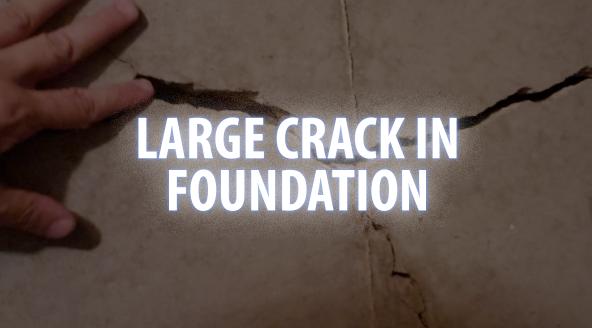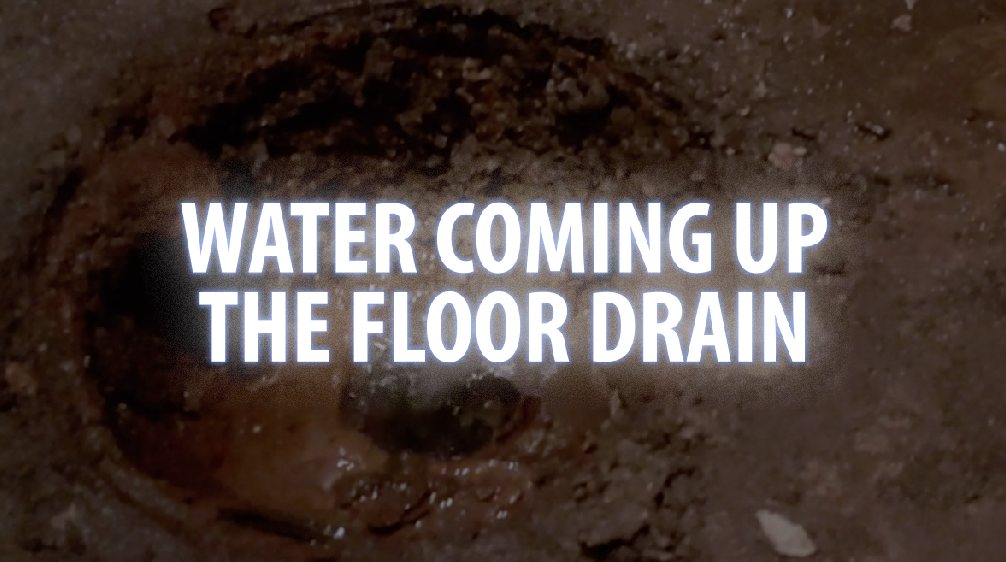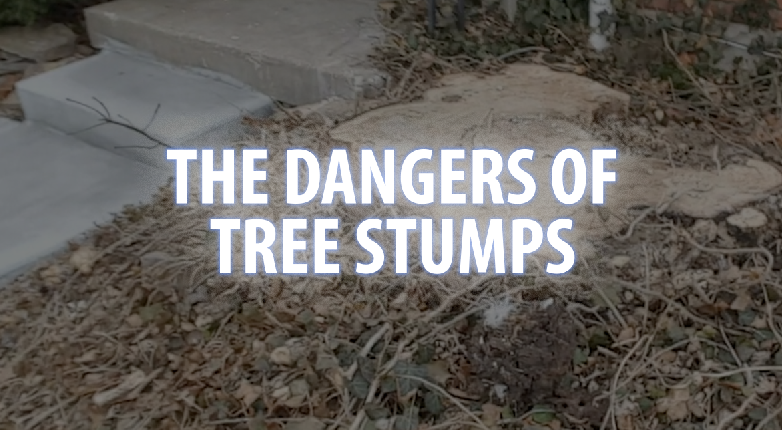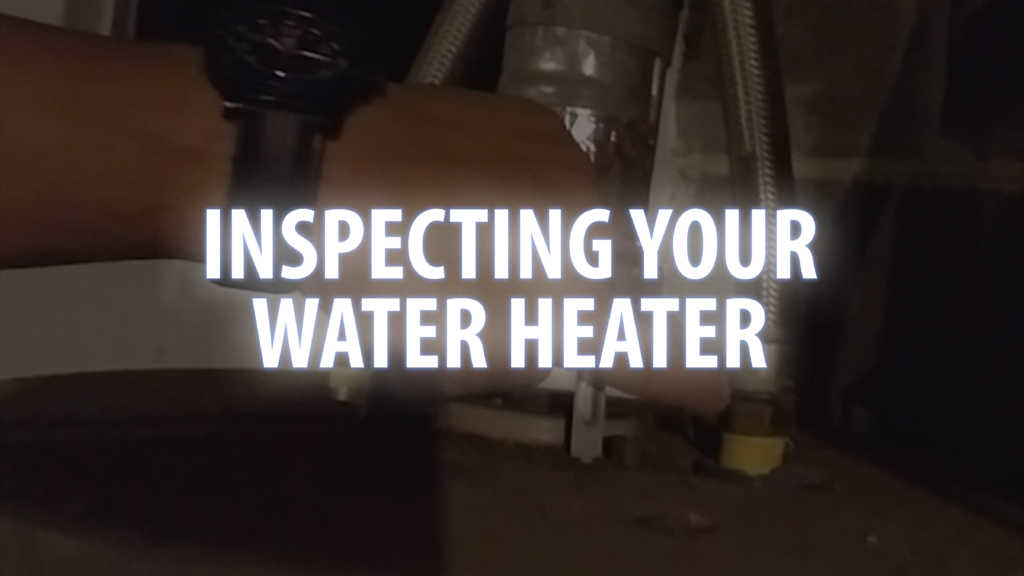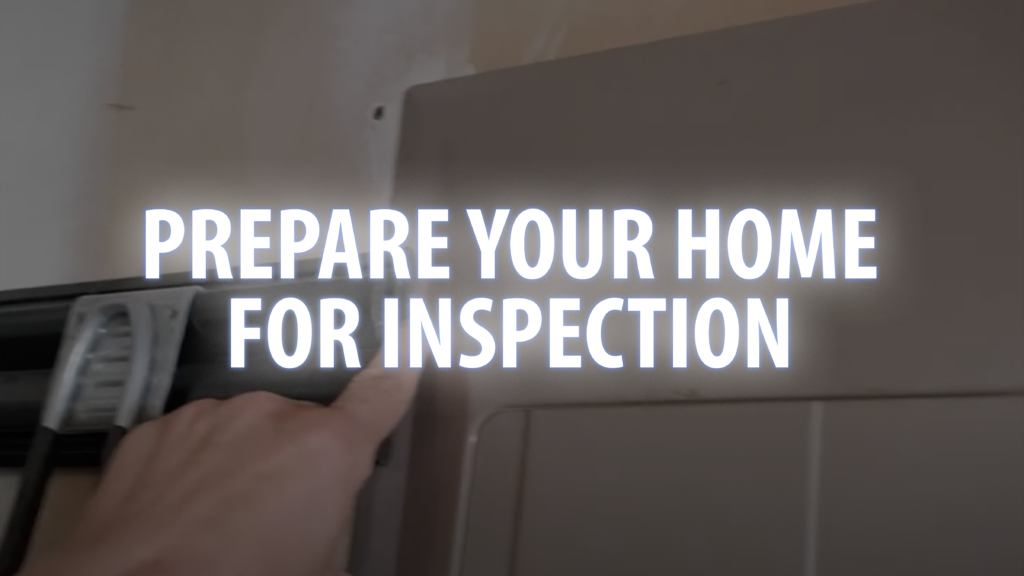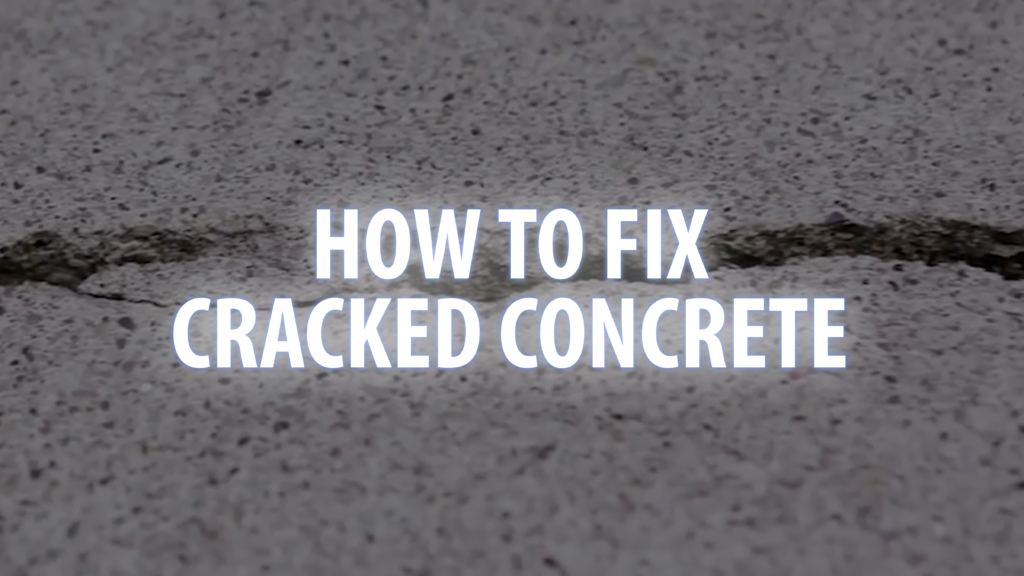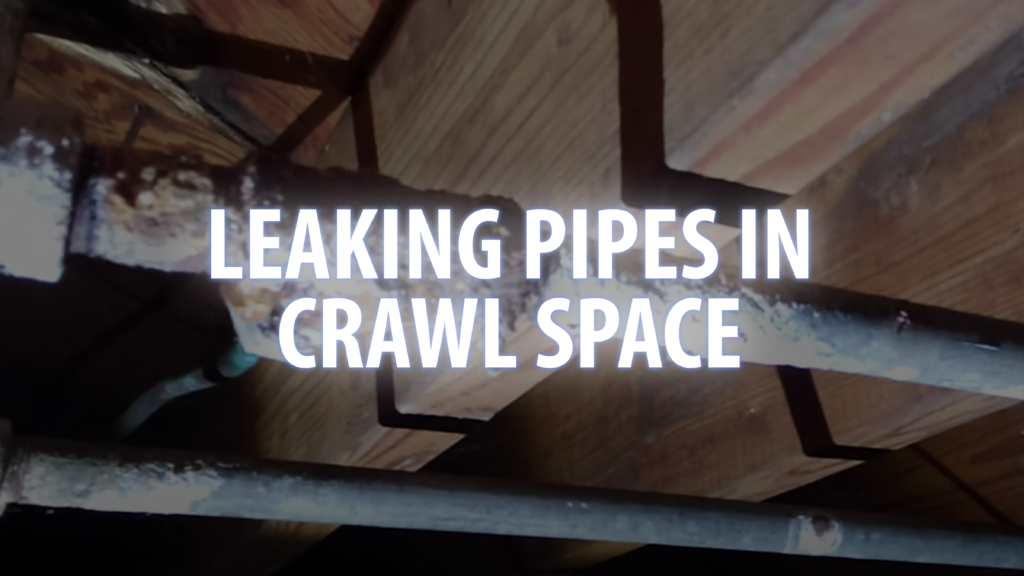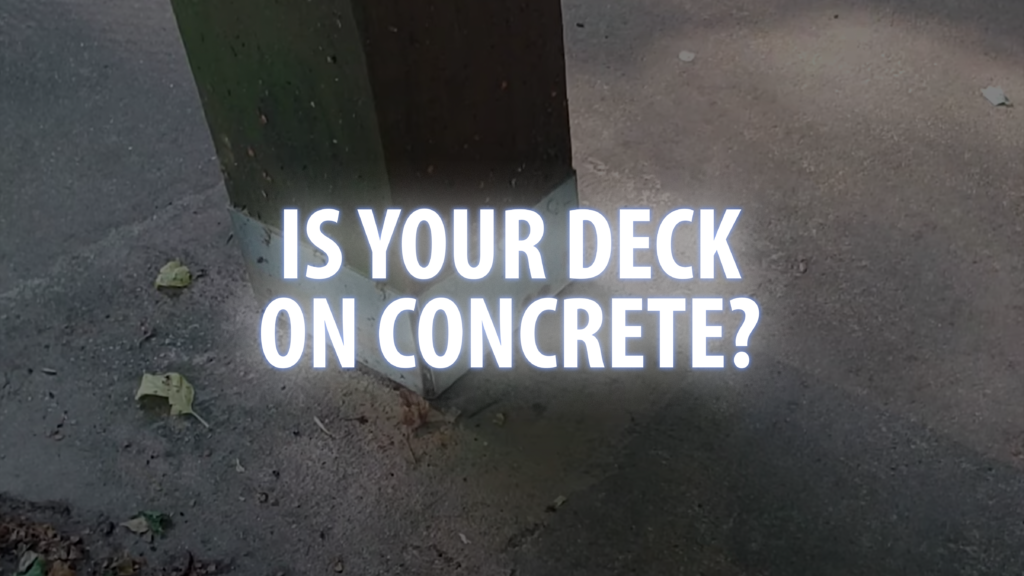How To Check Your Deck For Safety & Security
1. Loose Ledger—The number one reason why decks collapse is because the ledger is badly decayed or not properly fastened to the house.
2 Cracked Concrete Piers—Most decks have vertical wood posts that rest on top of concrete piers. Inspect the condition of the concrete to make sure it isn’t badly cracked or crumbling into dust.
3 Damaged Posts—Older decks might be supported by 4×4 posts, but most modern decks have 6x6s, which are much stronger and more dimensionally stable, meaning they’re less likely to bend, twist, and split.
4 Beam Troubles—The structural integrity of the entire deck is dependent upon the condition of the beams.
5 Faulty Floor Joists—Joists often sit in metal joist hangers. Be sure that each hanger is firmly fastened with hanger nails, not screws or common nails.
6 Defective Decking—Inspect each deck board for signs of rot, insect infestation, water damage, splinters, large cracks, and popped fastener heads.
7 Rickety Railings—Decks higher than 30 in. above the ground should have a perimeter railing. And it’s critically important that railings be kept in good, sound condition.
8 Unsafe Stairs—If your deck has a staircase, you must check each component—treads, stringers, handrails, balusters, support posts—for signs of structural damage.
9 Busted Bracing—Inspect each brace for large cracks or rot, especially at the ends. Confirm that each brace is fastened with lag screws or carriage bolts.

